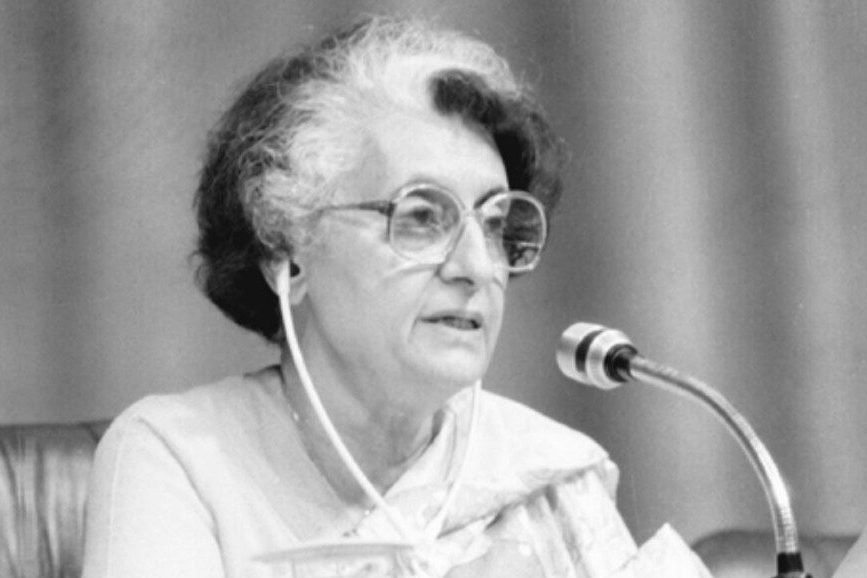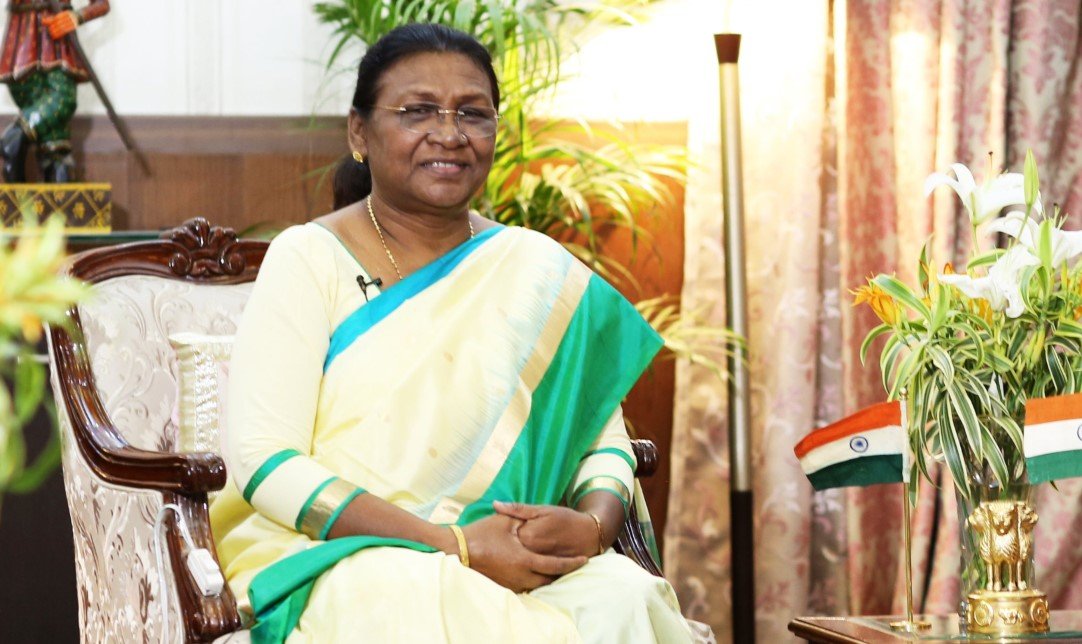
Biography of Mohandas Gandhi, Indian Independence Leader.
The Father of the Nation Mahatma Gandhi – Mahatma Gandhi had two weapons, truth and non-violence, who adopted it in horrific and very difficult circumstances, walking on the path of peace, he not only won easily in the biggest movements, but also a source Became too. Inspiration for others.
Mahatma Gandhi is also called as Father of the Nation and Bapuji. He was rich in simple living, high thinking personality. He lived his whole life in virtue and sacrificed his whole life in the interest of the nation. He made an impact of his personality not only in India but all over the world.
Mahatma Gandhi was a great hero whose works are less than can be admired. Mahatma Gandhi- Mahatma Gandhi first used to follow any formula on himself and then tried to learn from his mistakes.
■ Name: Mohandas Karamchand Gandhi
■ Father's Name: Karamchand Gandhi
■ Mother's Name: is Putlibai
■ Date of Birth: October 2, 1869
■ Place of birth: in Porbandar region of Gujarat
■ Nationality: Indian
■ Religion: hindu
■ Caste: gujarati
■ Education: barrister
■ Wife's Name: Kasturbai Makhanji Kapadia [Kasturba Gandhi]
■ Children Son Daughter's name 4 sons - Harilal, Manilal, Ramdas, Devdas
■ Died: 30 January 1948
■ he killer's name is Nathuram Godse.
Mahatma Gandhi Early life of Mahatma Gandhi
His mother had a great influence in Gandhiji's life. They were married at the age of 13 and Kasturba was 14 at that time. In November, 1887, he passed his matriculation examination and in January, 1888 he joined the Samaldas College in Bhavnagar. From here I got my degree and got it. After this he went to London and from there returned as a barrister.
Mahatma Gandhi
Mahatma Gandhi Mahatma Gandhi's visit to South Africa In 1894, in connection with a legal dispute, Gandhi went to South Africa and launched a 'disobedience movement' against the injustice done there and returned to India after its completion.
Know the history of Sabarmati Ashram built by Mahatma Gandhi Mahatma Gandhi
- ■ Gandhiji returned to India from South Africa in 1916 and then started taking steps for the independence of our country. Gandhiji was the guide of Congress after the death of Congress leader Bal Gangadhar Tilak in 1920.
- ■ In the First World War between 1914-1919, Gandhiji gave full cooperation to the British government on the condition that after that he would liberate India. But when the British did not do this, Gandhiji launched many movements to get freedom for the country. Some of these movements are as follows:
- ■ In 1920 -: Non-cooperation movement [Non-cooperation movement],
- ■ In 1930 – Disobedience Movement [Civil Disobedience Movement],
- ■ Quit India Movement [Quit India Movement] in 1942.
- ■ By the way, the whole life of Gandhiji was like a movement. But mainly 5 movements were run by him out of which 3 movements were run all over the country and very successful and hence people know about him also. We can classify all these movements run by Gandhiji as follows:
- ■ Some of the main reasons for the failure of Mahatma Gandhi's movement
- ■ This movement did not start simultaneously all over the country. This movement was started on different dates, which reduced its impact, although farmers and students took part in this movement in a big way.
- ■ In the Quit India Movement, many Indians were thinking that they would get freedom after the freedom struggle, so this movement also became weak.
- ■ Gandhiji's Quit India movement was not successful, but this movement certainly made the British rulers feel that they would no longer be able to rule India and they would have to leave India.
- ■ Mahatma Gandhi- Gandhi's movements on the path of peace and non-violence have played an important role in liberating slave India and left a deep impact in everyone's life.
Highlights of Mahatma Gandhi's Movements
All the movements of Gandhiji were carried out peacefully.
These movements were canceled due to any kind of violent activity during the movement.
Movements were launched on the basis of truth and non-violence.
Simple living, high thinking -
President Mahatma Gandhi - Mahatma Gandhi believed in simple living, high thinking, because of his nature, he used to call him 'Mahatma'.
Truth and non-violence
Truth and non-violence were the two weapons of Mahatma Gandhi's life. On the strength of these, he liberated India from slavery and forced the British to leave India.
Gandhiji's aim was to remove untouchability.
Mahatma Gandhi - The main objective of Mahatma Gandhi was to remove the evils like untouchability spread in the society, for this he made a lot of effort and he named the backward castes as Hari 'Jana' in the name of God.
- Volodymyr Zelensky - Biography | Lifestyle | Life Story
- Barack Obama - Biography || Presidency, Education
- Swami Vivekananda-Biography, Early Life, Education...
Note: This blog or artical is written on the basis of online research, news paper and AI tools. So, if there is any issue, please mail your feedback.
- Share:







